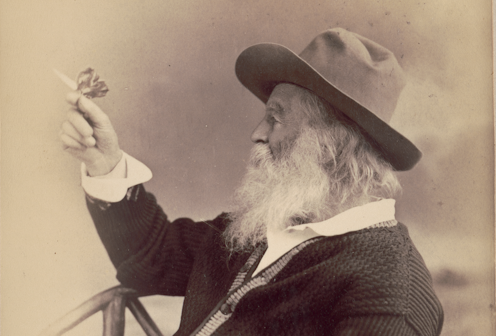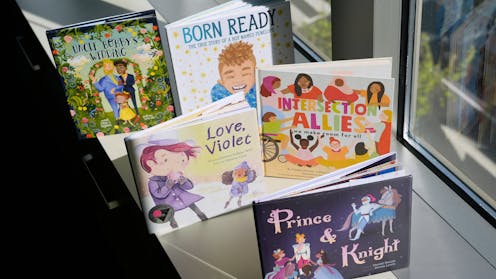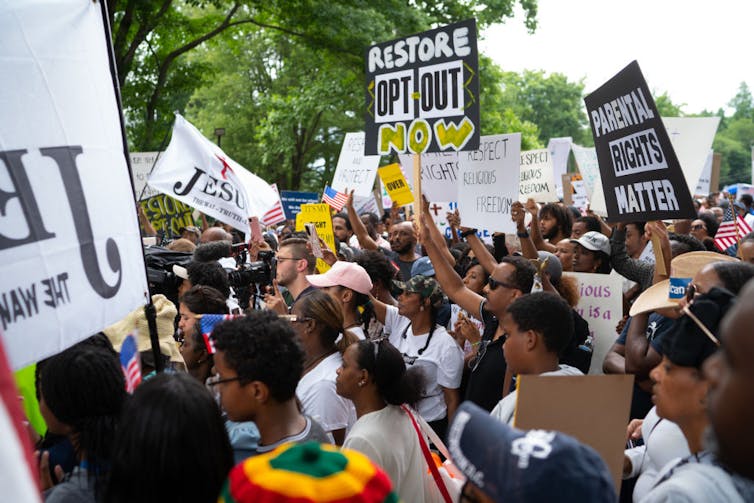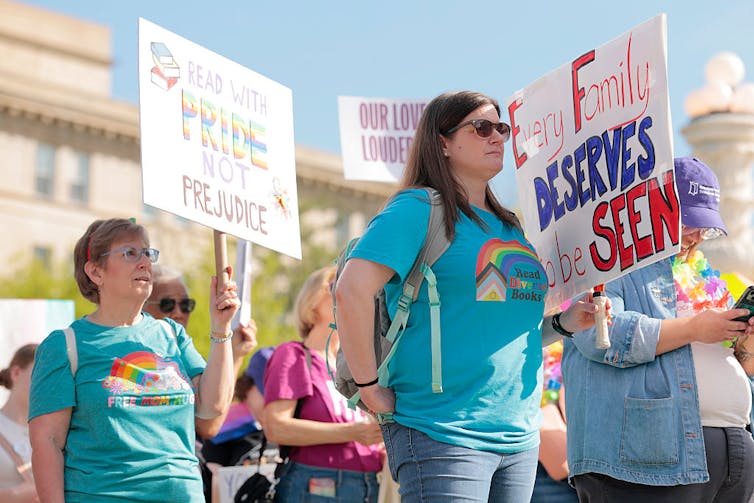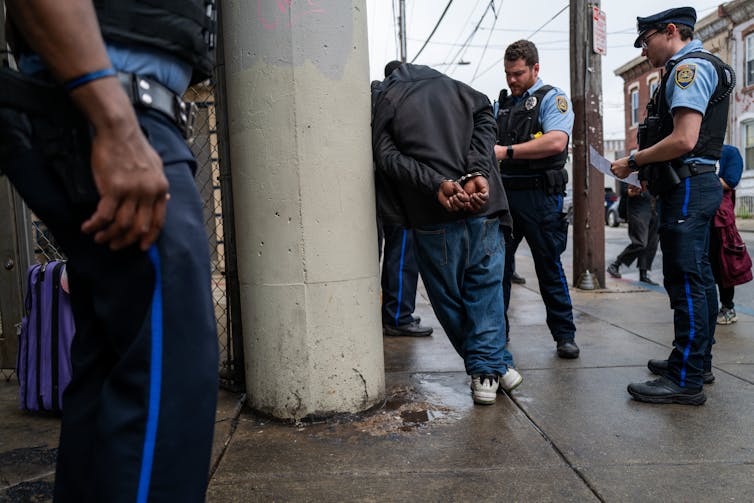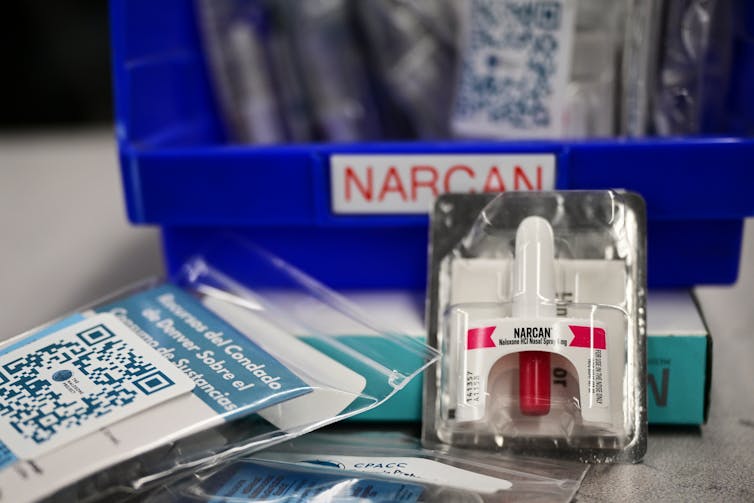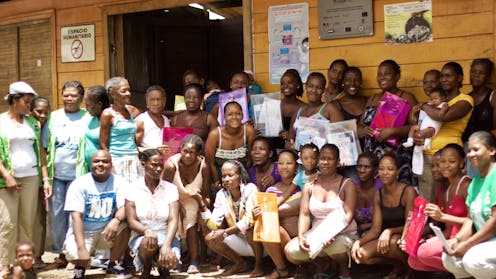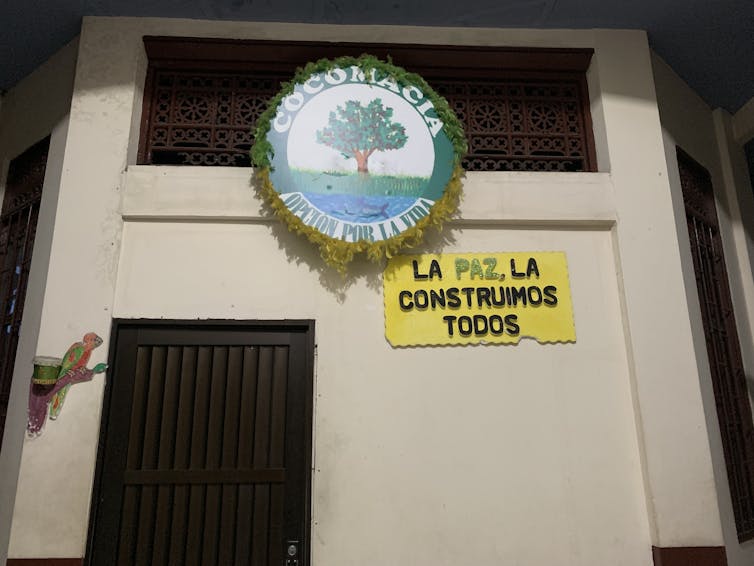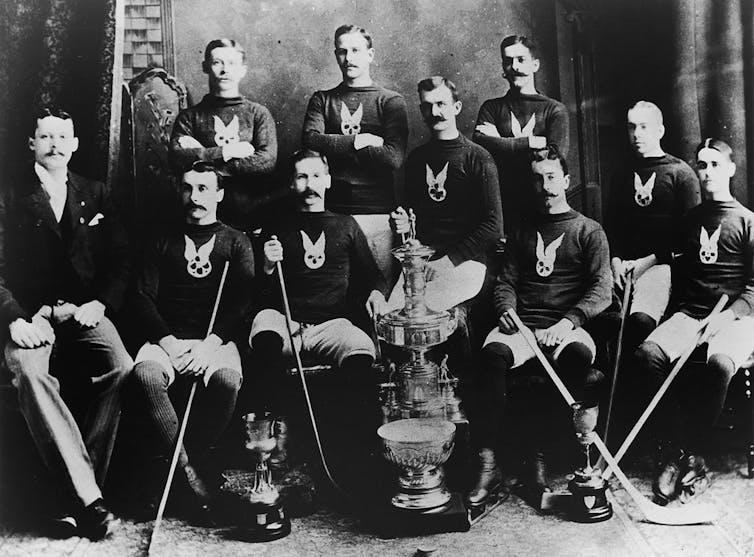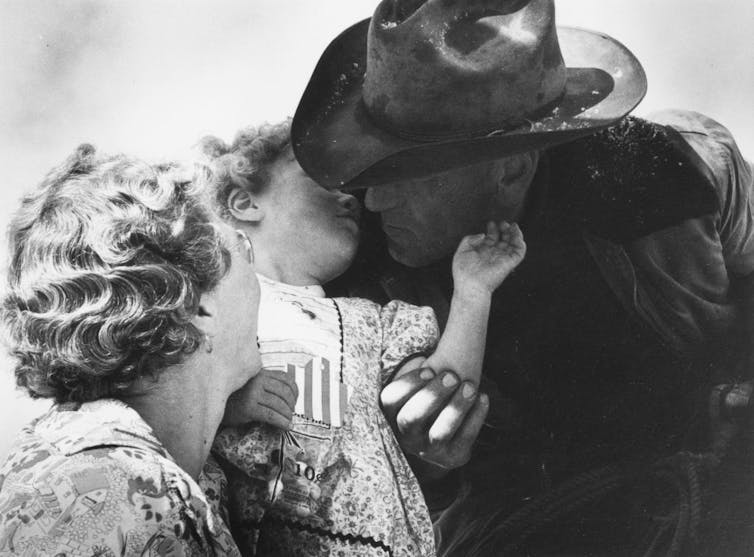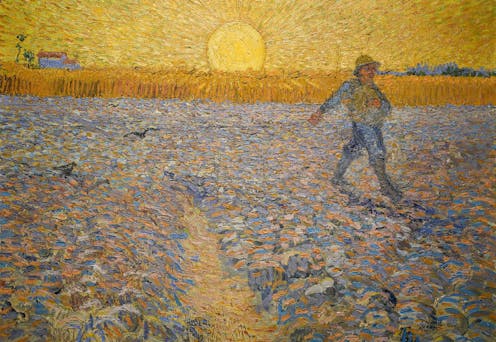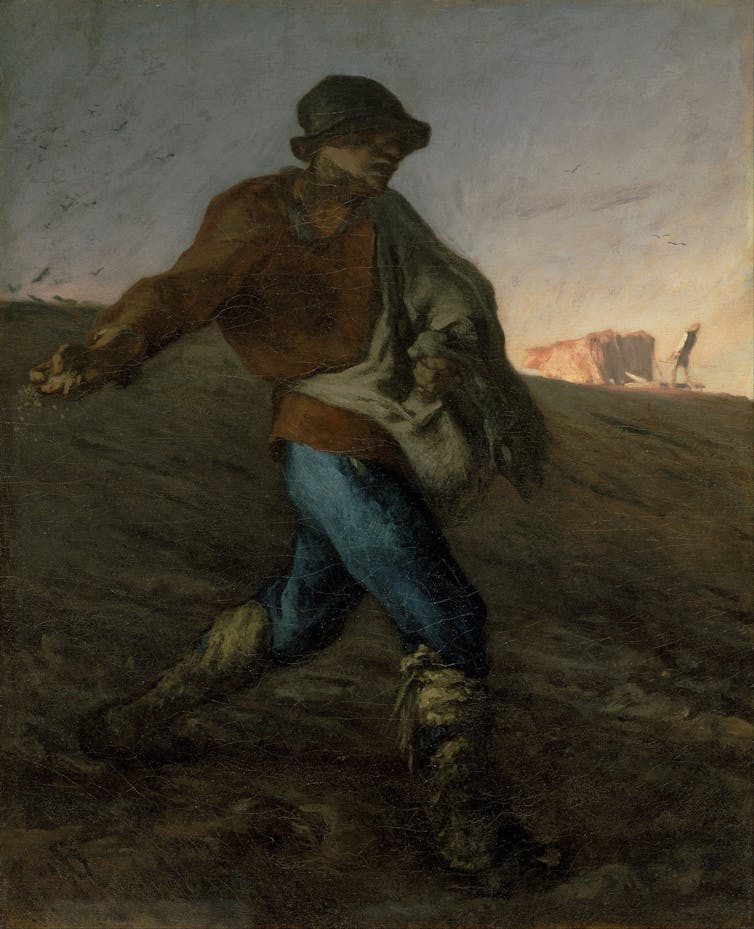Source: The Conversation – USA (2) – By Richard Gunderman, Chancellor’s Professor of Medicine, Liberal Arts, and Philanthropy, Indiana University

When Western Electric invented electrical sound recording 100 years ago, it completely transformed the public’s relationship to music.
Before then, recording was done mechanically, scratching sound waves onto rolled paper or a cylinder. Such recordings suffered from low fidelity and captured only a small segment of the audible sound spectrum.
By using electrical microphones, amplifiers and electromechanical recorders, record companies could capture a far wider range of sound frequencies, with much higher fidelity. For the first time, recorded sound closely resembled what a live listener would hear. Over the ensuing years, sales of vinyl records and record players boomed.
The technology also allowed some enterprising music fans to make recordings in surprising and innovative ways. As a physician and scholar in the medical humanities, I am fascinated by the use of X-ray film to make recordings – what was known as “bone music,” or “ribs.”
This rather bizarre, homemade technology became a way to skirt censors in the Soviet Union – and even played an indirect role in its dissolution.
Skirting the Soviet censorship regime
At the end of World War II, Soviet censorship shifted into high gear in an effort to suppress a Western culture deemed threatening or decadent.
Many books and poems could circulate only through “samizdat,” a portmanteau of “self” and “publishing” that involved the use of copy machines to reproduce forbidden texts. Punishments inflicted on Soviet artists and citizens for producing or disseminating censored materials included loss of employment, imprisonment in gulags and even execution.
The phonographic analog of samizdat was often referred to as “roentgenizdat,” which was derived from the name of Wilhelm Roentgen, the German scientist who received the first Nobel Prize in physics in 1901 for his discovery of X-rays.
Roentgen’s work revolutionized medicine, making it possible to peer inside the living human body without cutting it open and enabling physicians to more easily and accurately diagnose skeletal fractures and diseases such as pneumonia.
Today, X-rays are produced and stored digitally. But for most of the 20th century they were created on photographic film and stored in large film libraries, which took up a great deal of space.
Because exposed X-ray films cannot be reused, hospitals often recycled them to recoup the silver they contained.
Making music from medicine
In the Soviet Union in the 1940s, some clever people realized that X-ray film was just soft enough to be etched by an electromechanical lathe, or sound recording device.
To make a “rib,” or “bone record,” they would use a compass to trace out a circle on an exposed X-ray film that might bear the image of a patient’s skull, spine or hands. They then used scissors to cut out the circle, before cutting a small hole in the middle so it would fit on a conventional record player.
Then they would use a recording device to cut either live sound or, more commonly, a bootleg record onto the X-ray film. Sound consists of vibrations that the lathe’s stylus etches into grooves on the disc. Such devices were not widely available, meaning that only a relatively small number of people could produce such recordings.

Adam Berry/Getty Images
The censors kept a close eye on record companies. But anyone who could obtain a recording device could record music on pieces of X-ray film, and these old films could be obtained after hospitals threw them out or purchased at a relatively low price from hospital employees.
Compared with professionally produced vinyl records, the sound quality was poor, with recordings marred by extraneous noises such as hisses and crackles. The records could be played only a limited number of times before the grooves would wear out.
Nonetheless, these resourceful recordings were shared, bought and sold entirely outside of official channels into the 1960s and 1970s.
A window into another life
Popular artists “on the bone” included Ella Fitzgerald and Elvis Presley, whose jazz and rock ’n’ roll recordings, to the ears of many Soviet citizens, represented freedom and self-expression.
In his book “Bone Music,” cultural historian Stephen Coates describes how Soviet authorities viewed performers such as The Beatles as toxic because they appeared to promote a brand of amoral hedonism and distracted citizens from Communist party priorities.
One Soviet critic of bone music recalled of its purveyors:
“It is true that from time to time they are caught, their equipment confiscated, and they may even be brought to court. But then they may be released and be free to go wherever they like. The judges decide that they are, of course, parasites, but they are not dangerous. They are getting suspended sentences! But these record producers are not just engaged in illegal operations. They corrupt young people diligently and methodically with a squeaky cacophony and spread explicit obscenities.”
Bone music was inherently subversive.
For one thing, it was against the law. Moreover, the music itself suggested that a different sort of life is possible, beyond the strictures of Communist officials. How could a political system that prohibited beautiful music, many asked, possibly merit the allegiance of its citizens?
The ability of citizens to get around the censors and spread Western thought, whether through books or bone music, helped chip away at the government’s legitimacy.
One Soviet-era listener Coates interviewed long after the USSR’s collapse described the joy of listening to these illicit recordings:
“I was lifted up off the ground, I started flying. Rock’n’roll showed me a new world, a world of music, words, and feelings, of life, of a different lifestyle. That’s why, when I got my first records, I became a happy man. I felt like a changed person, it was as if I was born again.”
![]()
Richard Gunderman does not work for, consult, own shares in or receive funding from any company or organization that would benefit from this article, and has disclosed no relevant affiliations beyond their academic appointment.
– ref. When Elvis and Ella were pressed onto X-rays – the subversive legacy of Soviet ‘bone music’ – https://theconversation.com/when-elvis-and-ella-were-pressed-onto-x-rays-the-subversive-legacy-of-soviet-bone-music-251885

